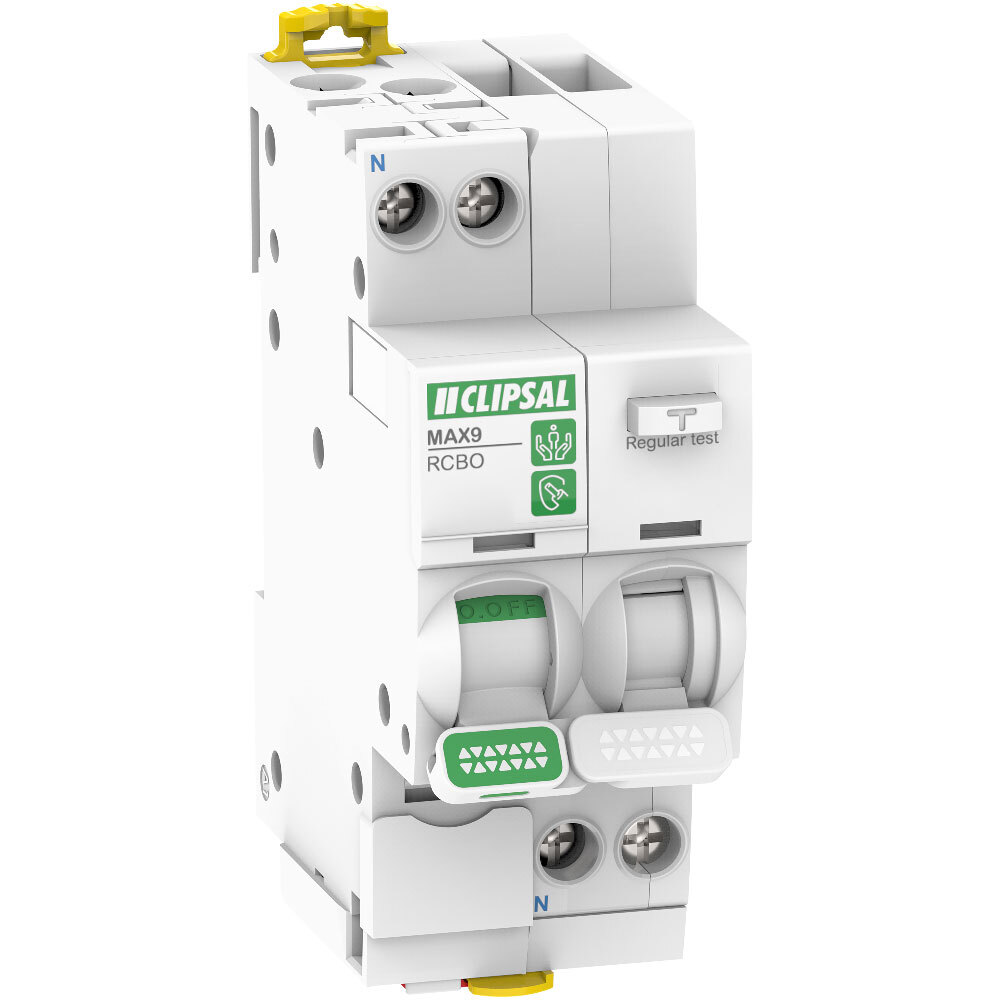The problem may be caused by either (a) inrush current, or (b) earth leakage current, or a combination of the two during the instant of turn-on. To complicate matters, a contributing factor could be the type of "smart-switch" you are using to remotely control the amplifiers. For example, the type of output on the smart-switches may be influencing your situation; typically "smart-switches" are available with at least two (2) different types of outputs, namely:
- Relay contact, or
- Semiconductor (SRC, TRIAC, or transistor).
Each of these outputs behaves differently, and this behaviour could be influencing your problem. For example:
- Relay contacts may have "contact bounce", whereas semiconductor outputs do not;
- The on-off timing at the output may either be synchronised or randomised to zero-crossing of the AC supply.
Furthermore, depending on the quality of the smart-switch, these outputs may or may not have "snubbers"; these are circuits placed in series or in parallel with the output switch which are intended to prevent spurious undesirable voltage and current from reaching the load.
So I hope you see that smart-switches have many different types of output, and these will all have varying effects on a connected load (your amplifier, in this case).
Suggested Course of Action
I would suggest the first step to diagnosing the problem would be to look at the AC protective device for the outlet used to power the amplifier (you mentioned it was an RCBO) and determine what caused the trip (some RCBOs can differentiate between an earth leakage trip, or an over-current trip).

If the trip was due to earth leakage then the simple solution may be to power the amplifier from a non-RCBO protected outlet, or to change the RCBO to trip at a higher leakage current (these are usually available in earth leakage trip thresholds of 10mA, 30mA, or 100mA). If the trip was due to over-current, then it may be possible to change the breaker trip-curve setting to tolerant higher inrush current (unlikely for domestic breakers), or consider swapping out the circuit breaker to one that can tolerate a higher in-rush current, for example, a "D-curve" breaker. However, for all of these remedies you will need to check with your electrician to see if the remedy is (a) physically possible to implement (there may be limitations regarding available components, and what changes can be accommodated in your electrical distribution panel) and (b) within the wiring regulations applicable to your jurisdiction.
Another investigation to consider is to run some tests without the smart-switch. Simply connect the amplifier output to a manually switchable AC outlet fed from the same RCBO as it is now, but with the smart-switch removed. Does the problem remain when the AC outlet is switched? If the problem disappears, then the smart-switch may be the main culprit here - but that is not to say it is the only culprit - it could be that it is a combination of factors that causes the unwanted tripping.
If none of the above remedies are available to you or are not effective, then here are the options to eliminate this problem:-
(a) install an external filter between the AC supply and the amplifier AC inlet port, or
(b) modify the amplifier unit.
Option (a) needs more information in order to select an appropriate filter product. I would suggest contacting the manufacturer of the amplifier, explaining the problem and asking them for advice; they may be able to offer guidance as to option (a).
Of course, option (b) should only be a last resort and only done with the agreement of the supplier of the equipment.

